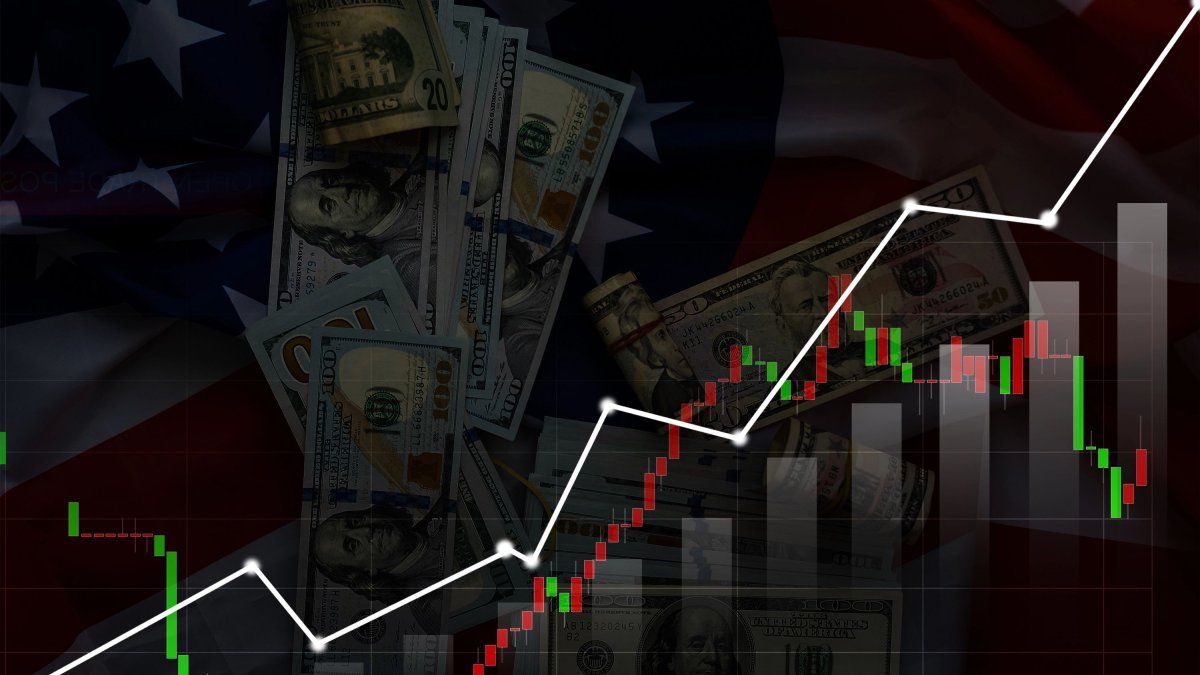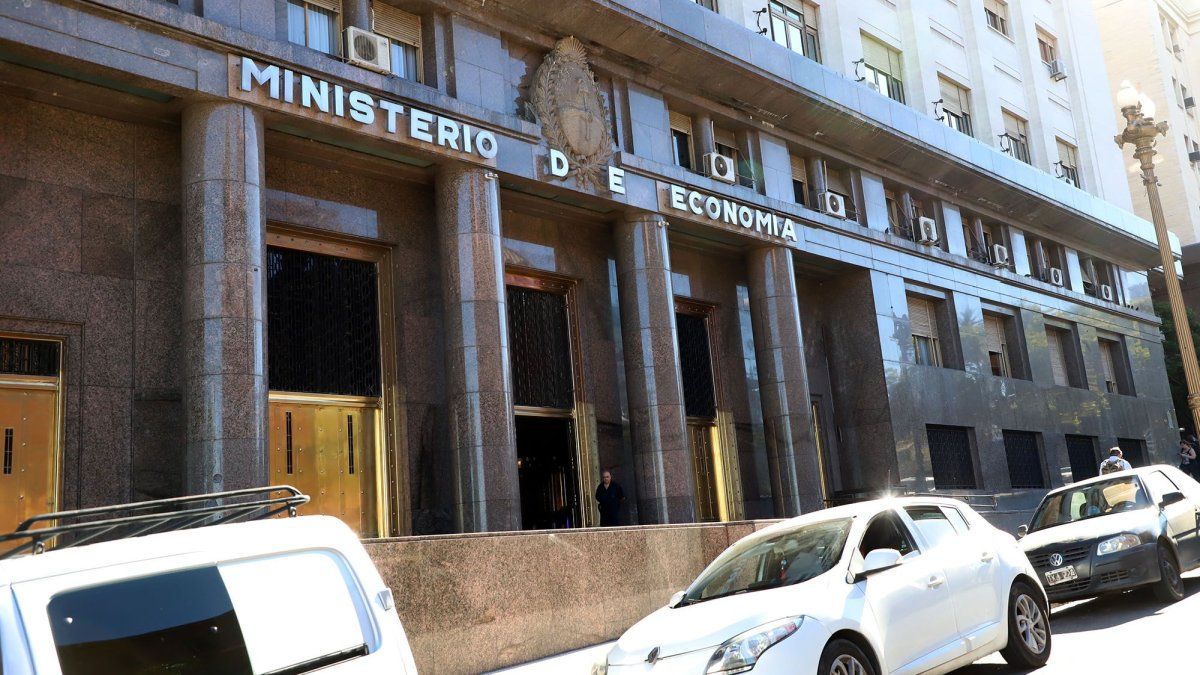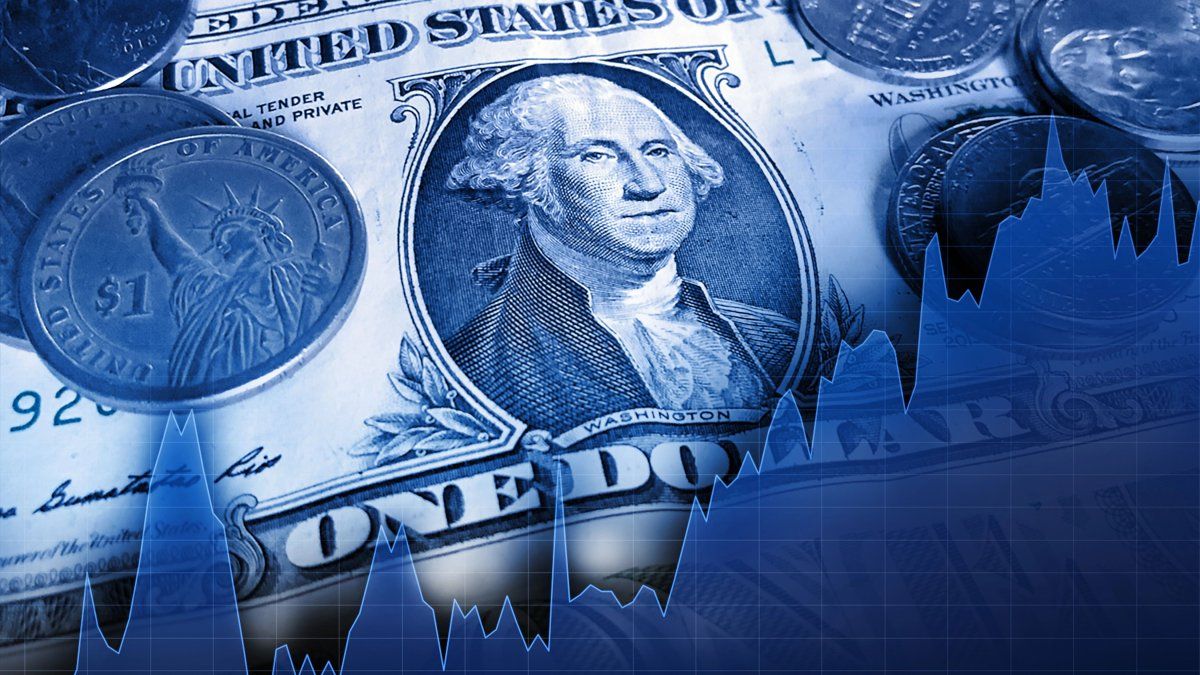Inflation in the United States remains in the sight of the Federal Reserve (FED) and financial marketswith the publication of the last report of the Personal Consumer Expenses Index (PCE), the Fed preferred indicator to measure inflation. The data corresponding to January show a slight monthly acceleration in prices, but an interannual deceleration, which could maintain interest rates without changes in the next March monetary policy meeting.
The PCE inflation report: key data
The Commerce Department report revealed that The underlying PCE index (“Core”), which excludes food prices and energy for its volatility, rose 0.3% in January compared to December, aligned with market forecasts. In December, the monthly increase had been 0.2%, indicating a slight acceleration in prices.
In interannual terms, “Core” inflation grew 2.6%, a fall with respect to the 2.9% recorded in December and the lowest level since March 2021. This trend reinforces the perception that inflation is giving in a gradual way, although it remains above the 2% target set by the Fed.
On the other hand, the general PCE index, which includes food and energy, advanced 0.4% monthly and 2.4% per year, also reflecting a tendency to moderation of prices.
Implications for the Fed Monetary Policy
The PCE report is produced in a context in which markets have been debating when and in what magnitude the Fed could begin to cut interest rates.
Despite the moderation of year -on -year inflation, the slight monthly rebound generates caution among Fed officials. The president of the Fed of Cleveland, Loretta Mester, recently warned that, although the trend is positive, it is premature to affirm that inflation is completely under control. In this sense, the markets expect the Fed to keep their reference rate unchanged at the next meeting of March 18 and 19.
The PCE index offers a more stable panorama compared to the consumer price index (ICC), which in its last reading showed a rebound in the “Core” prices, fueling fears of persistent inflation. However, analysts agree that the Fed needs more data before confirming a change of course in its monetary policy.
Expectations of inflation and consumer confidence
Despite the descending trend of year -on -year inflation, short -term inflation expectations have increased in recent weeks, according to surveys of the University of Michigan. This has impacted consumer confidence, which has shown a slight fall in February, reflecting concerns about the cost of living and the labor market.
Consumers also perceive the impact of new economic policies promoted by the administration of Donald Trump, which include changes in commercial, tax and migratory policies. Some analysts warn that these measures could have inflationary effects in certain sectors, especially in imported consumer goods.
Perspectives of the Fed and Market Reaction
With current data, the Federal Reserve could maintain interest rates at its current level for the second consecutive month in March. However, the trajectory of monetary policy will depend on the evolution of economic data in the coming months.
Economist Thomas Ryan, from Capital Economics, said that “although inflation is slowing down, it continues at levels that the Fed considers high. With the possibility that new inflation tariffs enter into force, it is unlikely that we see rates cuts in the short term.”
For his part, Tom Barkin, president of the Richmond Fed, emphasized the need to maintain a “moderately restrictive” position until inflation shows a clear tendency towards 2% target. Jeff Schmid, president of the Fed of Kansas City, added that the decrease in inflation may not be linear, especially if the prices of the services remain high.
The markets reacted cautiously to the publication of the PCE. The 10 -year treasure bond yields remained stable, while the main Wall Street rates showed slight increases, reflecting the relief of in line data with expectations.
Challenges and risks on the horizon
While the PCE report reinforces the idea that inflation is moderating, there are still risks that could complicate the strategy of the Fed. Among them, the behavior of wages, the impact of fiscal policy and geopolitical tensions could generate unexpected inflationary pressures.
Another key factor is the labor market. A faster cooling than expected could lead to the Fed to reconsider its position and advance cuts in interest rates to avoid a recession.
At the moment, the most likely scenario is that the Fed maintains its caution approach, hoping to confirm that inflation continues to yield before making any adjustment in its monetary policy.
Conclusion
The last PCE index report confirms that inflation continues to slowly, although gradually. The Federal Reserve is at a key point in its monetary policy strategy, with the need to balance price stability with economic growth.
As the March meeting is approaching, investors and analysts will remain attentive to any Fed signal on their next steps. For now, the message is clear: inflation is going down, but not yet enough to justify a short term cut in the short term.
Source: Ambito
I am a 24-year-old writer and journalist who has been working in the news industry for the past two years. I write primarily about market news, so if you’re looking for insights into what’s going on in the stock market or economic indicators, you’ve come to the right place. I also dabble in writing articles on lifestyle trends and pop culture news.




